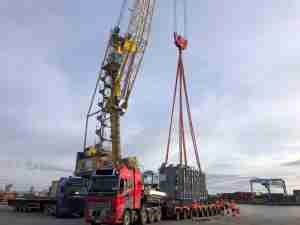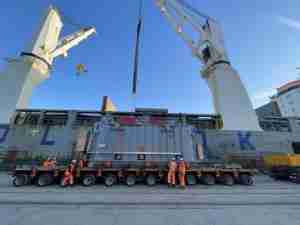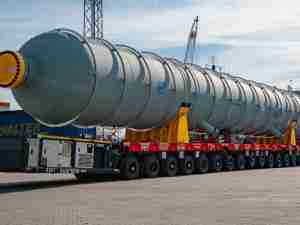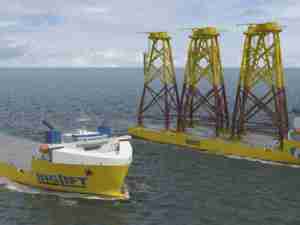Opportunities could be hindered by a lack of understanding of the differences in design standards and regulations between IMO and US Coast Guard
Newbuild opportunities in North America are surging, driven by the Biden administration’s recently heightened demand for offshore wind energy installation projects that will require specialised offshore support vessels (OSVs). However, W&O, the US’ leading supplier of valves, pipes, and fittings, warns that naval architects could face significant challenges in meeting US design standards and regulations, resulting in increased expenditures in time and money due to rejected vessel designs.
The rapid expansion of offshore wind energy capacity in Europe in previous years has meant that there is now a specialised fleet with the ability to support widespread wind farm construction designed by knowledgeable naval architects. With the US market seeing a similar expansion – expected to reach 30GW of installed capacity in the next decade due to the Biden administration’s new aims for 2030 – wind farm owners are, unsurprisingly, turning to European knowhow for vessel designs, to expedite delivery and keep development costs down.
The designs of these new vessels will need to meet the unique standards and regulations set out by the US Coast Guard (USCG), which may differ from the International Maritime Organisation’s (IMO) standards with which European naval architects are perhaps more familiar.
Vessels that will be US-flagged must meet the requirements of the US Jones Act*. The Jones Act requires US-flagged vessels to be built in the US under USCG rules. While the different regulatory landscapes aim for the same levels of seaworthiness, reliability, and quality, there are differences in the regulations. This means that all designs must abide by the standards set out by the USCG which at times differ from IMO standards.
This means that if owners and their design houses do not meet these regulatory standards in their initial design, they run the risk of having their designs rejected, and wasting time and money.
It is therefore important that European naval architects work closely with partners that know and understand both the regulations and the regulator. This ensures that these regulatory obstacles can be dealt with at the beginning of the design process, smoothing the path for approval and avoiding costly delays.
Kristof Adam, General Manager for W&O Europe, commented: “There is a significant opportunity for naval architects and ship designers in Europe to seize the advantage of the growth in offshore wind energy in the US, using their experience in vessel design. Indeed, compared to other nations, North America has been slow to tap into this vast resource. With plans to scale up offshore wind energy projects along the Atlantic, Gulf, and Pacific coasts, it is estimated that US offshore wind resources could provide over 2,000GW of generating capacity.”
Adam continued “Design firms must engage with the market early in the process to translate their IMO-based designs into a USCG compliant project, and gain an advantage over their competitors. Alongside an awareness of the USCG rules, designers should account for shipbuilding traditions and local operating standards in the US.“
Utilising over 45 years of service at the forefront of the shipping industry’s ever-changing regulatory landscape, W&O can provide both general guidance of the differences between USCG and IMO regulations as well as reviewing specific designs for regulatory compliance before submission to the USCG.









